Home>Furniture & Design>Bathroom Accessories>How To Vent A Bathtub Drain
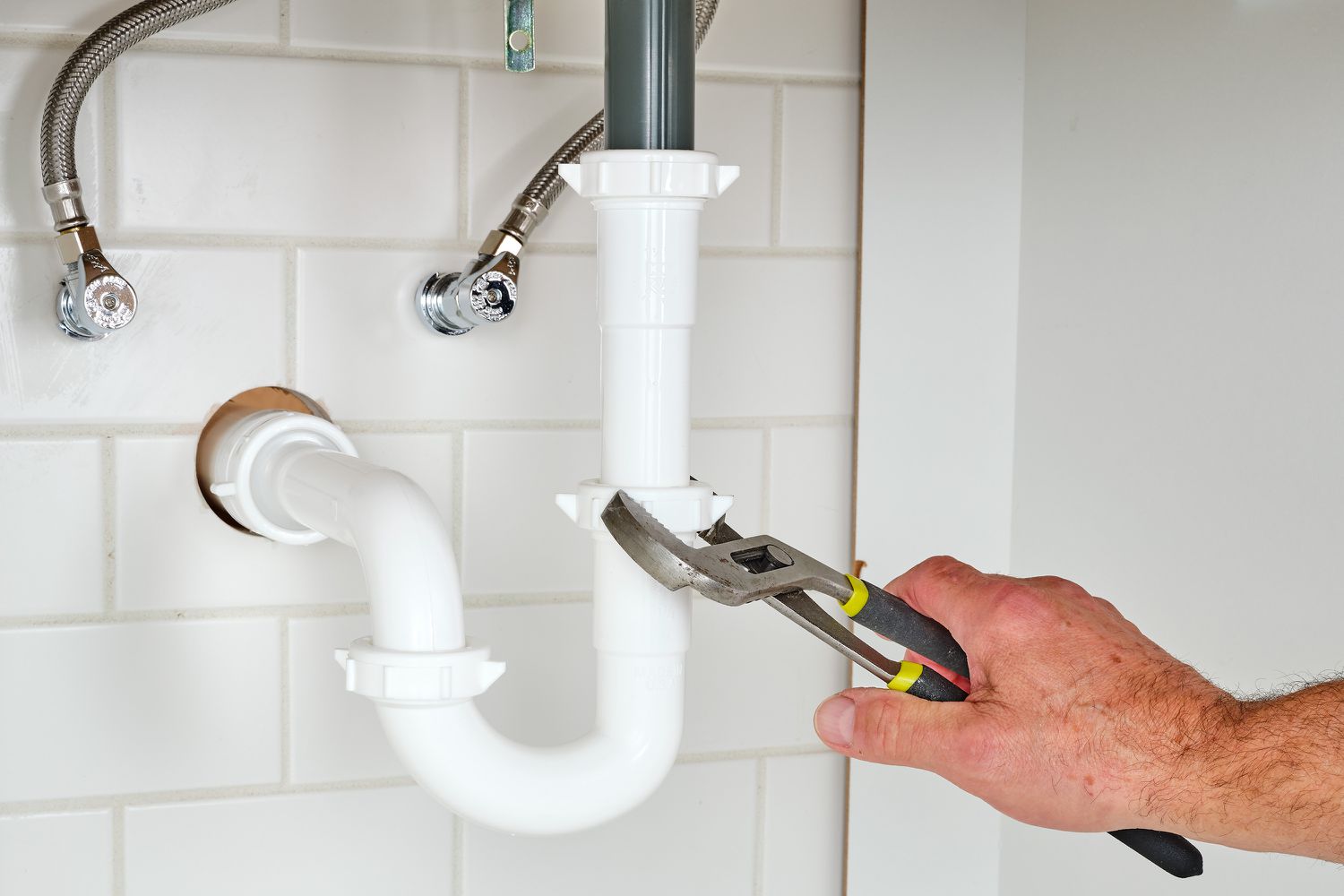

Bathroom Accessories
How To Vent A Bathtub Drain
Published: February 19, 2024
Learn how to properly vent a bathtub drain for optimal performance and prevent potential plumbing issues. Find the best bathroom accessories for effective ventilation.
(Many of the links in this article redirect to a specific reviewed product. Your purchase of these products through affiliate links helps to generate commission for Storables.com, at no extra cost. Learn more)
Introduction
Proper ventilation is crucial for maintaining a functional and efficient plumbing system in any home. When it comes to the bathroom, ensuring that the bathtub drain is adequately vented is essential for preventing a range of potential issues. From foul odors to slow drainage, a poorly vented bathtub drain can lead to a host of frustrating and unsanitary problems. In this article, we will delve into the importance of proper ventilation for bathtub drains, explore the common issues that arise when ventilation is inadequate, and provide a comprehensive guide on how to properly vent a bathtub drain. By the end of this article, you will have a clear understanding of the significance of proper ventilation and the necessary steps to ensure that your bathtub drain functions optimally. Let's dive in and explore the world of bathtub drain ventilation!
Key Takeaways:
- Proper ventilation of bathtub drains is crucial for preventing slow drainage, foul odors, and gurgling sounds. It maintains a clean and efficient bathroom environment for a more pleasant experience.
- To properly vent a bathtub drain, assess the existing ventilation, install a vent pipe, and seal connections securely. Consider professional help if needed for optimal functionality and hygiene.
Read more: How To Vent Washer Drain
Understanding the Importance of Proper Ventilation
Proper ventilation is a critical aspect of any plumbing system, and the bathtub drain is no exception. Ventilation serves as the unsung hero of a well-functioning plumbing system, playing a pivotal role in maintaining optimal water flow and preventing a myriad of potential issues. In the context of a bathtub drain, ventilation is essential for ensuring that wastewater can flow freely and efficiently out of the plumbing system, ultimately preventing unpleasant odors, slow drainage, and even more severe complications.
When a bathtub drain lacks proper ventilation, a vacuum effect can occur, impeding the smooth flow of water and leading to a range of issues. Without adequate ventilation, the wastewater from the bathtub may struggle to drain effectively, resulting in slow drainage and potential backups. Additionally, the absence of proper ventilation can lead to the accumulation of foul odors within the plumbing system, which can permeate into the bathroom and create an unpleasant environment.
Furthermore, inadequate ventilation can cause air pressure imbalances within the plumbing system, leading to gurgling sounds emanating from the drain. These audible indicators of poor ventilation serve as a warning sign that the plumbing system is not operating optimally and requires attention.
Proper ventilation is also crucial for preventing the formation of harmful gases, such as hydrogen sulfide, within the plumbing system. These gases can not only produce unpleasant odors but also pose health risks to occupants if allowed to accumulate.
In essence, understanding the importance of proper ventilation for a bathtub drain is synonymous with recognizing its role in maintaining the overall functionality and hygiene of the plumbing system. By ensuring that the bathtub drain is adequately vented, homeowners can mitigate the risk of encountering a host of plumbing issues, creating a more pleasant and efficient bathroom environment.
In the subsequent sections, we will delve into the common issues that arise when a bathtub drain is poorly vented and provide a comprehensive guide on how to rectify these ventilation challenges. Let's explore the impact of poor ventilation on bathtub drains and equip ourselves with the knowledge to address these issues effectively.
Common Issues with Poorly Vented Bathtub Drains
When a bathtub drain is inadequately vented, a myriad of frustrating and unsanitary issues can arise, impacting the functionality and comfort of the bathroom. Understanding these common issues is crucial for homeowners to recognize the signs of poor ventilation and take proactive measures to address them effectively.
One of the primary issues associated with poorly vented bathtub drains is slow drainage. Without proper ventilation, the wastewater from the bathtub may struggle to flow smoothly through the plumbing system, leading to sluggish drainage. This can result in standing water in the bathtub, creating inconvenience and discomfort for the occupants.
Foul odors are another prevalent issue stemming from inadequate ventilation. When the bathtub drain lacks proper venting, the accumulation of wastewater and organic matter can foster the growth of bacteria and emit unpleasant odors. These odors can permeate the bathroom, creating an unwelcoming and unhygienic environment for occupants.
In addition to slow drainage and foul odors, gurgling sounds may emanate from the bathtub drain when ventilation is insufficient. These audible indicators of poor ventilation signal air pressure imbalances within the plumbing system, disrupting the smooth flow of water and creating audible disturbances that can be both frustrating and concerning for homeowners.
Furthermore, the absence of proper ventilation can lead to the accumulation of harmful gases, such as hydrogen sulfide, within the plumbing system. These gases not only produce foul odors but also pose potential health risks to occupants if allowed to build up within the bathroom environment.
Moreover, poorly vented bathtub drains can contribute to the formation of clogs and blockages within the plumbing system. The lack of adequate ventilation can impede the efficient flow of wastewater, leading to the accumulation of debris and organic matter within the drain pipes. Over time, this can result in clogs that further exacerbate drainage issues and necessitate extensive plumbing interventions.
By recognizing these common issues associated with poorly vented bathtub drains, homeowners can proactively address ventilation challenges and ensure the optimal functionality and hygiene of their plumbing systems. In the following section, we will delve into the essential steps to properly vent a bathtub drain, equipping homeowners with the knowledge and guidance to mitigate these common issues effectively.
Use a plunger to clear a clogged bathtub drain. Cover the overflow opening with a rag, fill the tub with a few inches of water, and plunge vigorously to dislodge the blockage.
Steps to Properly Vent a Bathtub Drain
-
Assess the Existing Ventilation System: Begin by assessing the existing ventilation system in your bathroom. Locate the vent stack, which is a vertical pipe that extends through the roof of the house. This stack serves as the main avenue for venting the plumbing system. Ensure that the vent stack is unobstructed and free from any debris or blockages that may impede proper ventilation.
-
Determine Ventilation Requirements: Evaluate the ventilation requirements specific to your bathtub drain. The size and layout of the plumbing system will dictate the necessary ventilation measures. Consult plumbing codes and regulations to ensure compliance with ventilation standards and determine the appropriate venting solutions for your bathtub drain.
-
Install a Proper Vent Pipe: If your bathtub drain lacks adequate ventilation, consider installing a vent pipe to facilitate proper airflow. A vent pipe serves to equalize air pressure within the plumbing system, preventing the formation of airlocks and promoting efficient drainage. The vent pipe should extend from the bathtub drain and connect to the main vent stack, allowing for the seamless release of air and gases.
-
Position the Vent Pipe Strategically: Position the vent pipe in a strategic location to optimize its effectiveness. Ideally, the vent pipe should be installed vertically and extend above the level of the bathtub drain trap. This positioning facilitates the release of air and gases, preventing the accumulation of pressure and promoting smooth drainage.
-
Seal the Vent Pipe Connections: Ensure that the connections between the vent pipe and the bathtub drain are sealed securely to prevent any potential leaks or air seepage. Proper sealing is essential for maintaining the integrity of the ventilation system and preventing air or gas escape into the bathroom environment.
-
Consider Mechanical Ventilation Options: In situations where traditional venting methods are impractical, consider mechanical ventilation options such as air admittance valves. These valves serve as alternative solutions for venting plumbing fixtures, providing a means for air to enter the drain system while preventing the escape of gases into the living space.
-
Seek Professional Assistance if Needed: If you encounter challenges or complexities during the venting process, do not hesitate to seek professional assistance from a licensed plumber. Professional expertise can ensure that the ventilation of your bathtub drain complies with regulations and is executed with precision, mitigating the risk of potential issues in the future.
By following these essential steps, homeowners can effectively address ventilation challenges associated with bathtub drains, promoting optimal functionality and hygiene within the plumbing system. Proper ventilation not only prevents common issues such as slow drainage and foul odors but also contributes to the overall efficiency and comfort of the bathroom environment.
Conclusion
In conclusion, the proper ventilation of a bathtub drain is a fundamental aspect of maintaining a functional and hygienic plumbing system within any home. By understanding the significance of ventilation and recognizing the common issues associated with poorly vented bathtub drains, homeowners can take proactive measures to ensure optimal functionality and comfort in their bathrooms.
The impact of poor ventilation on bathtub drains extends beyond mere inconvenience, encompassing a range of issues such as slow drainage, foul odors, gurgling sounds, the accumulation of harmful gases, and the formation of clogs. These issues not only disrupt the smooth operation of the plumbing system but also create an unsanitary and unpleasant environment for occupants. However, by addressing ventilation challenges effectively, homeowners can mitigate these issues and foster a more efficient and hygienic bathroom environment.
The essential steps to properly vent a bathtub drain provide a comprehensive guide for homeowners to navigate the ventilation process with confidence. From assessing the existing ventilation system to strategically positioning vent pipes and considering alternative ventilation options, these steps empower homeowners to proactively address ventilation challenges and promote optimal drainage and hygiene within their plumbing systems.
Ultimately, the proper ventilation of a bathtub drain is synonymous with ensuring the overall functionality, efficiency, and comfort of the bathroom environment. By prioritizing ventilation and taking proactive measures to address any deficiencies, homeowners can safeguard against common issues and create a more pleasant and hygienic space for themselves and their families.
In essence, the journey to properly venting a bathtub drain is a testament to the commitment to maintaining a functional and hygienic plumbing system. By recognizing the importance of ventilation and equipping oneself with the knowledge and guidance to address ventilation challenges effectively, homeowners can cultivate a bathroom environment that promotes optimal functionality and comfort.
In the pursuit of a well-ventilated and efficient plumbing system, homeowners are empowered to create a space where the stresses of slow drainage, foul odors, and gurgling sounds are alleviated, replaced by the tranquility and comfort of a well-maintained and hygienic bathroom environment. Through the implementation of proper ventilation measures, homeowners can embark on a journey towards a bathroom that not only functions optimally but also fosters a sense of cleanliness, comfort, and well-being for all who inhabit it.
Frequently Asked Questions about How To Vent A Bathtub Drain
Was this page helpful?
At Storables.com, we guarantee accurate and reliable information. Our content, validated by Expert Board Contributors, is crafted following stringent Editorial Policies. We're committed to providing you with well-researched, expert-backed insights for all your informational needs.
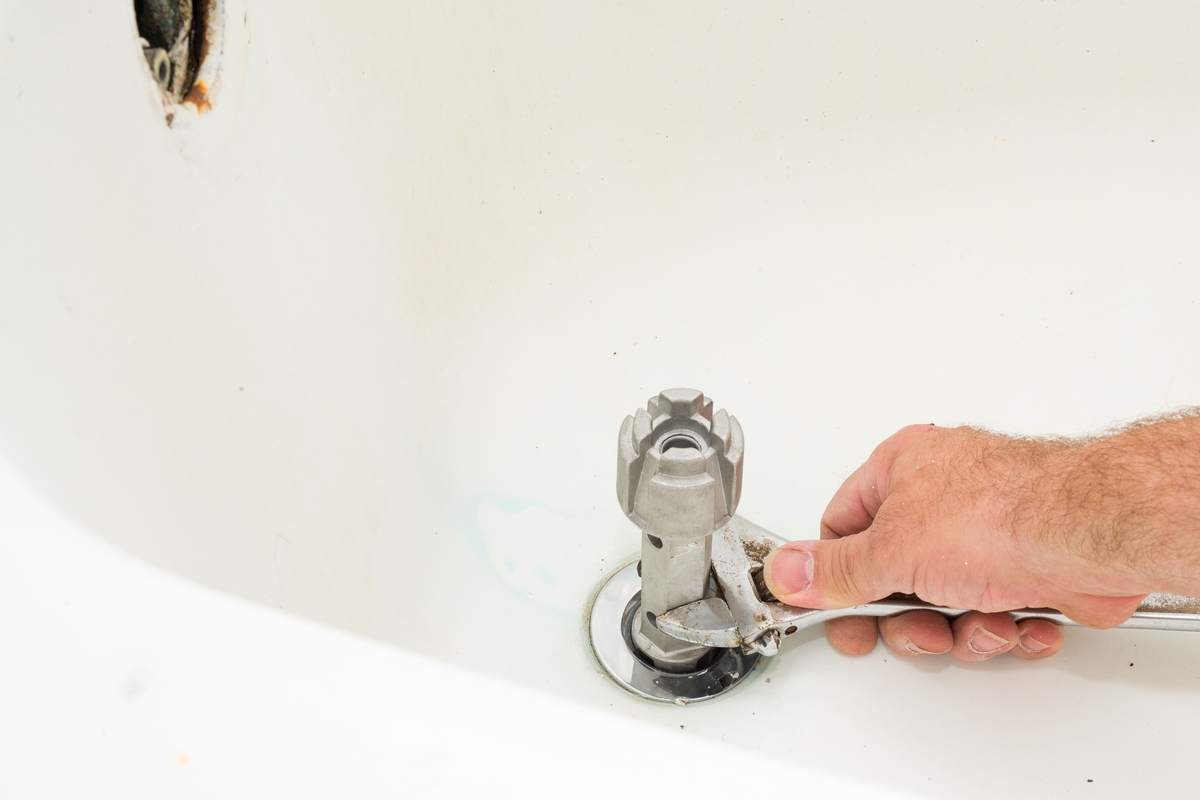
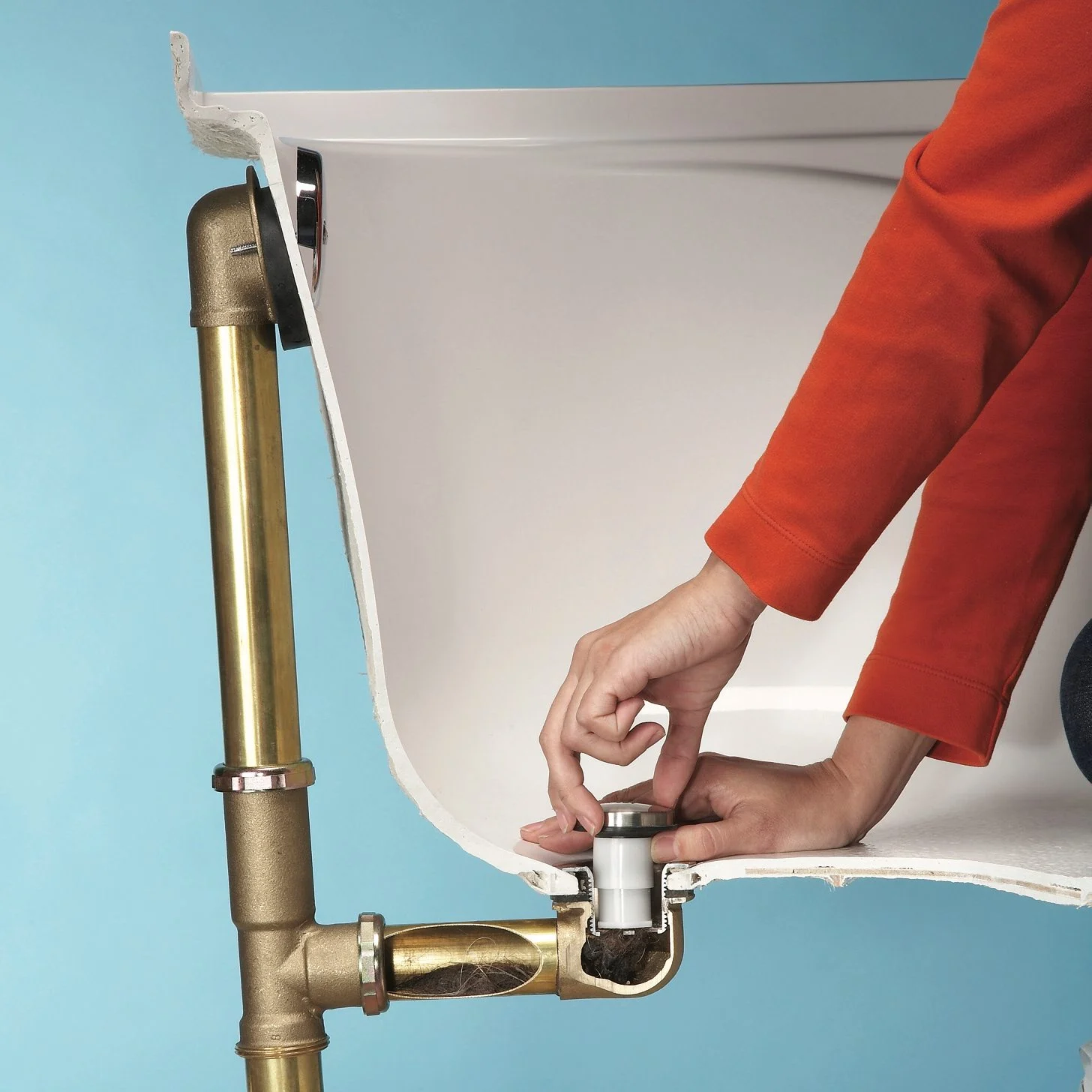
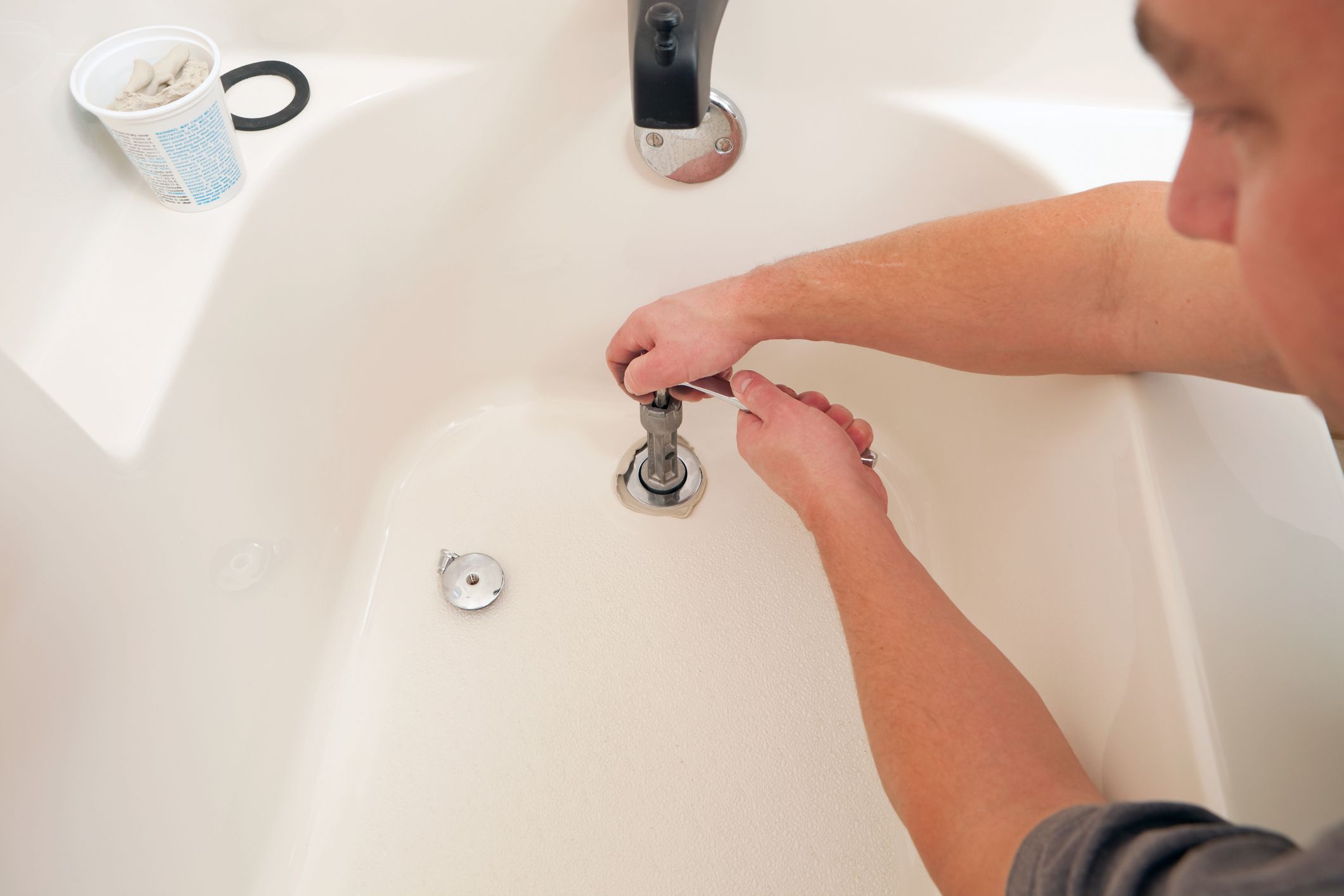
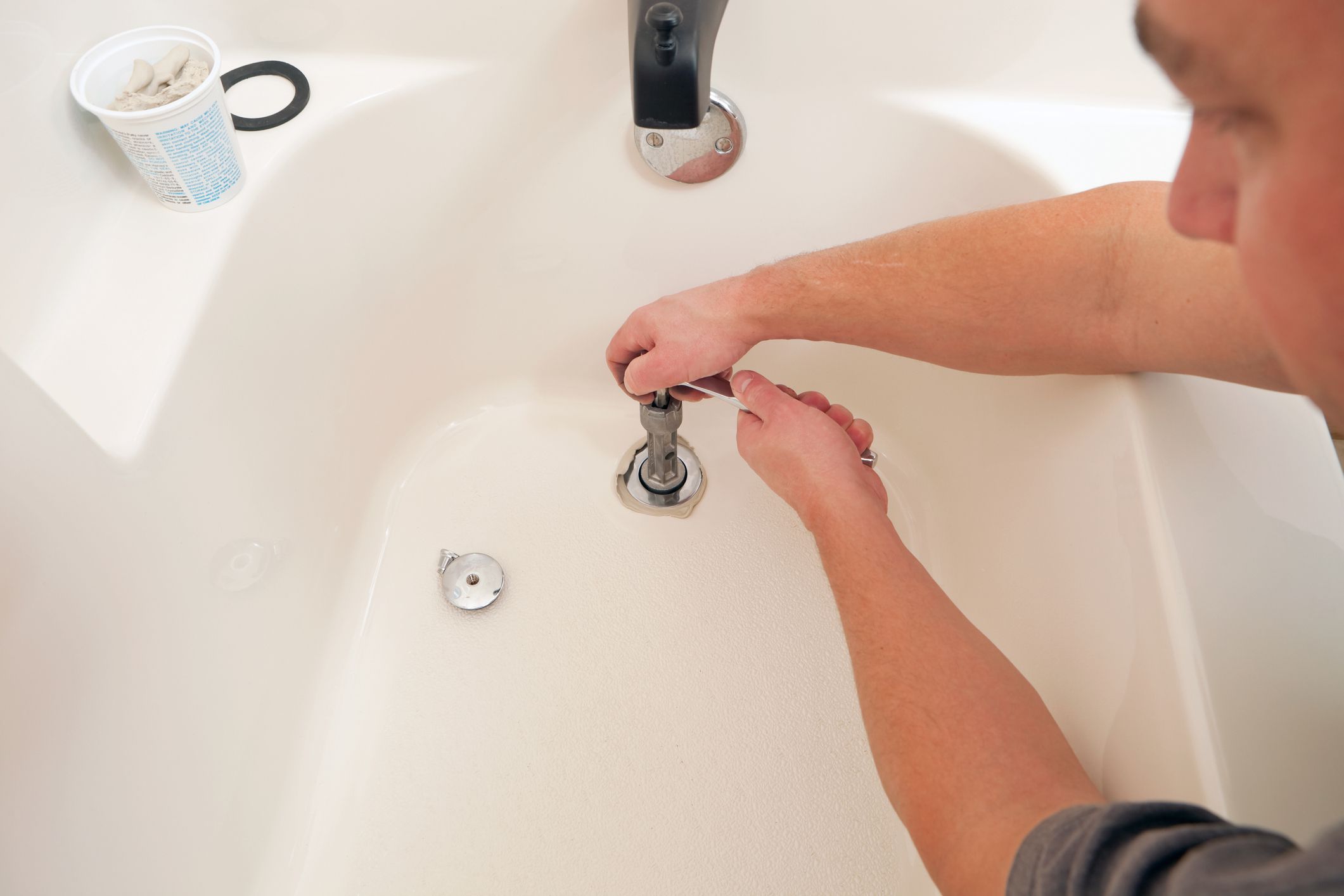
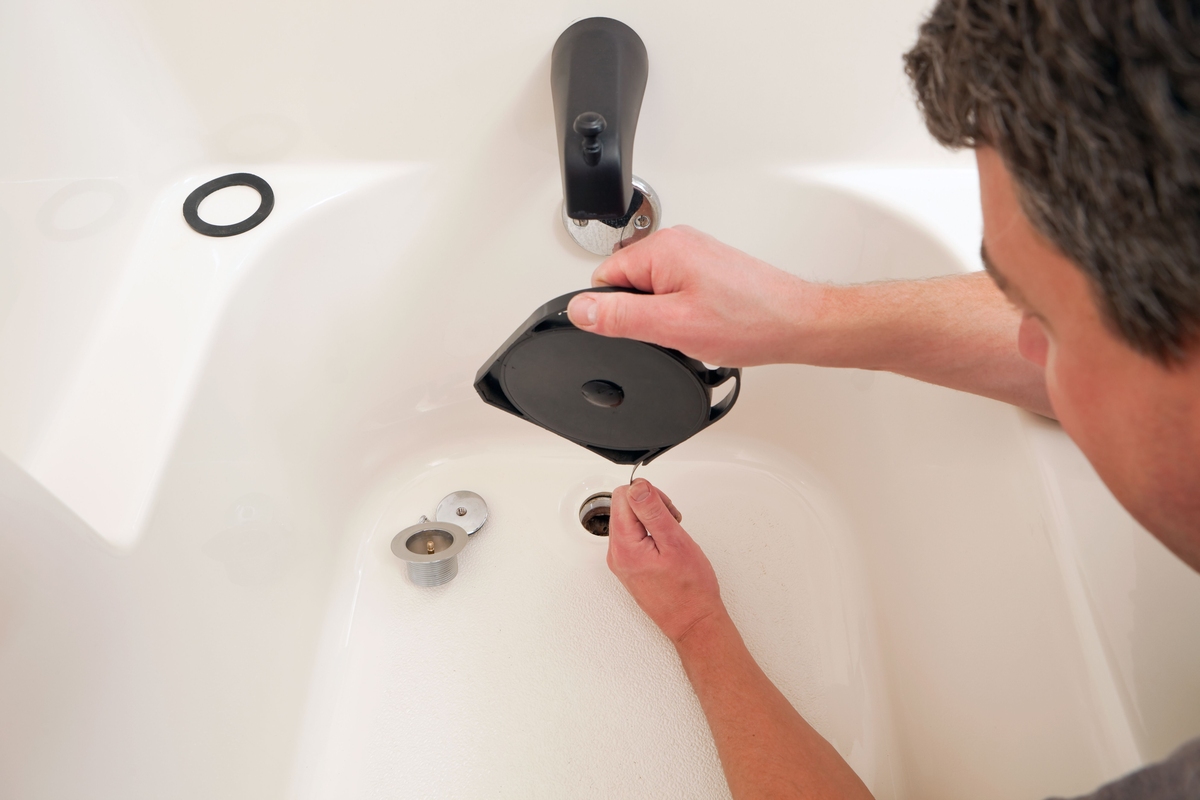
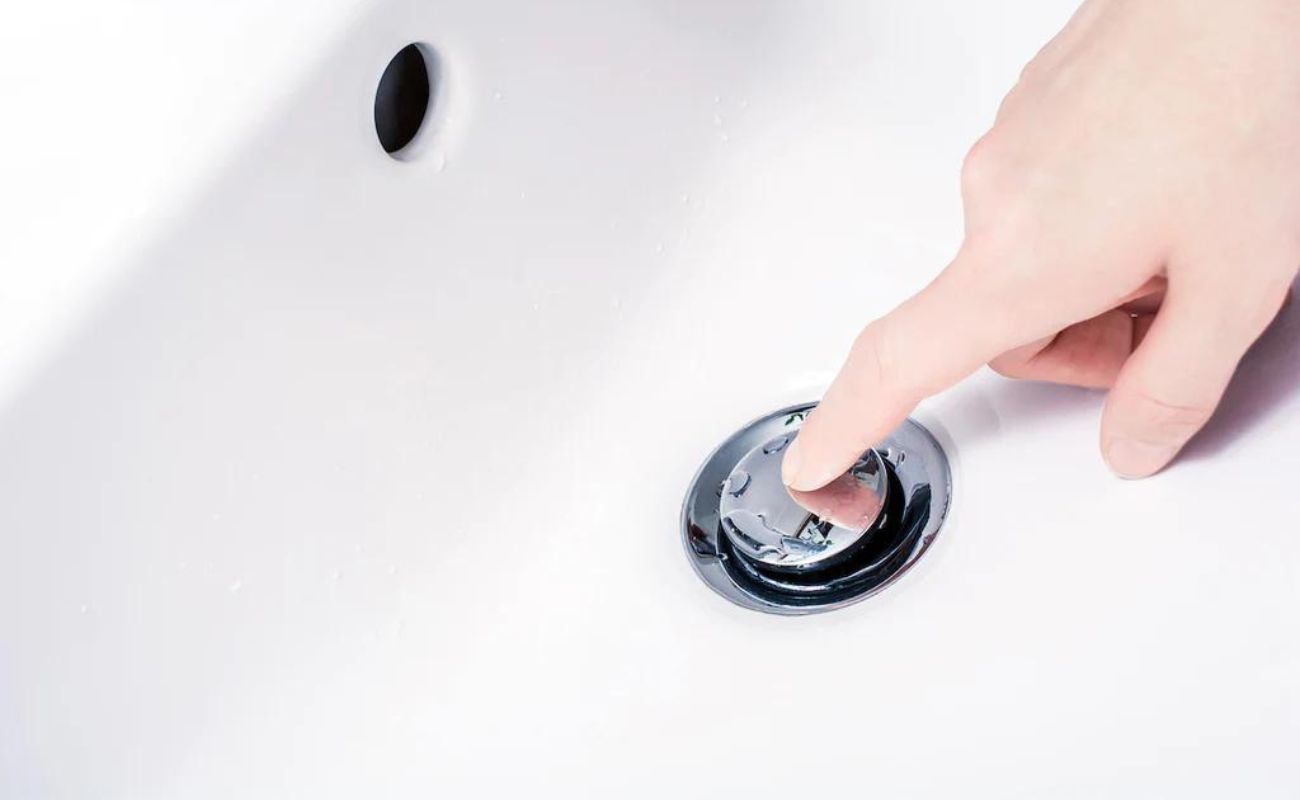
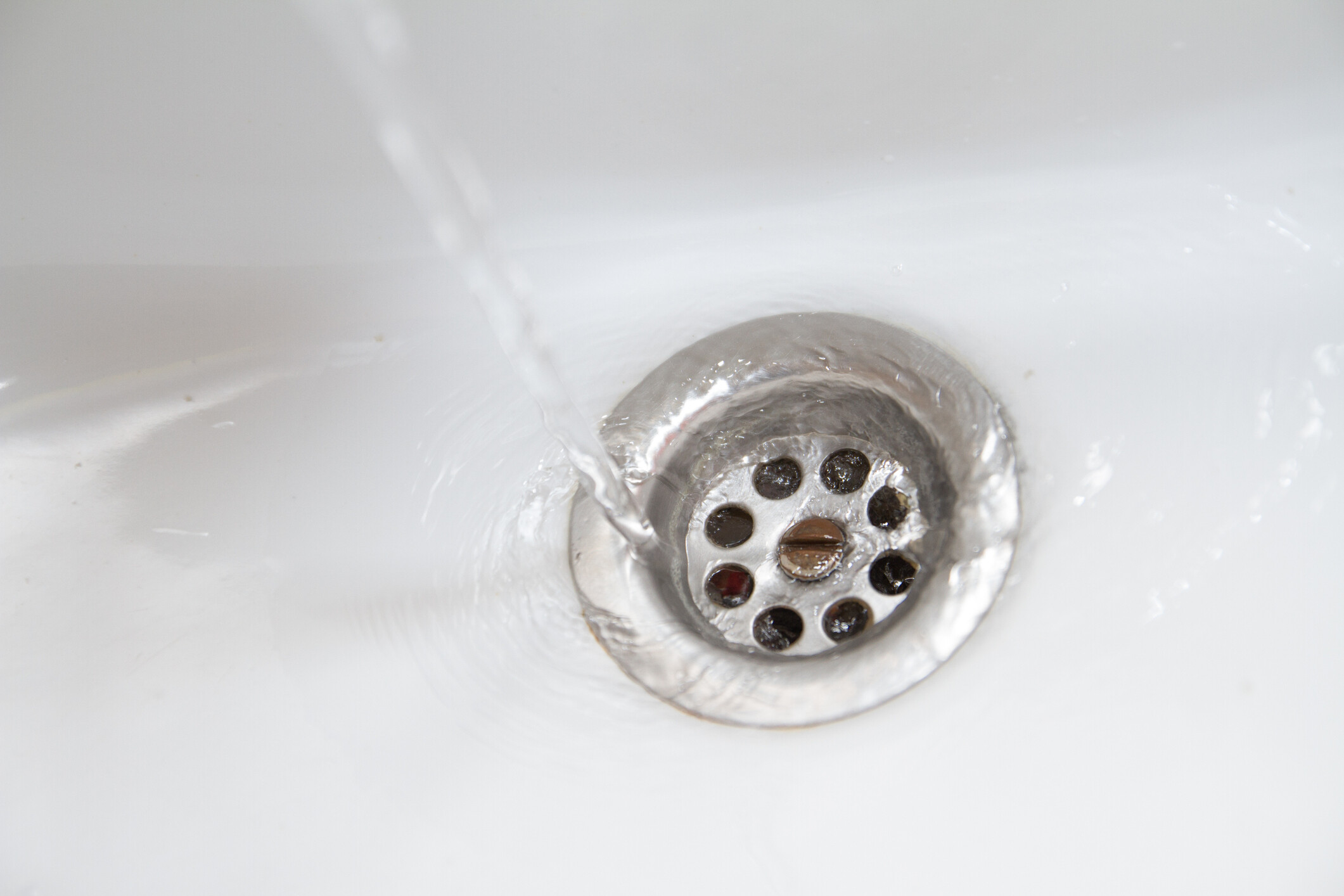
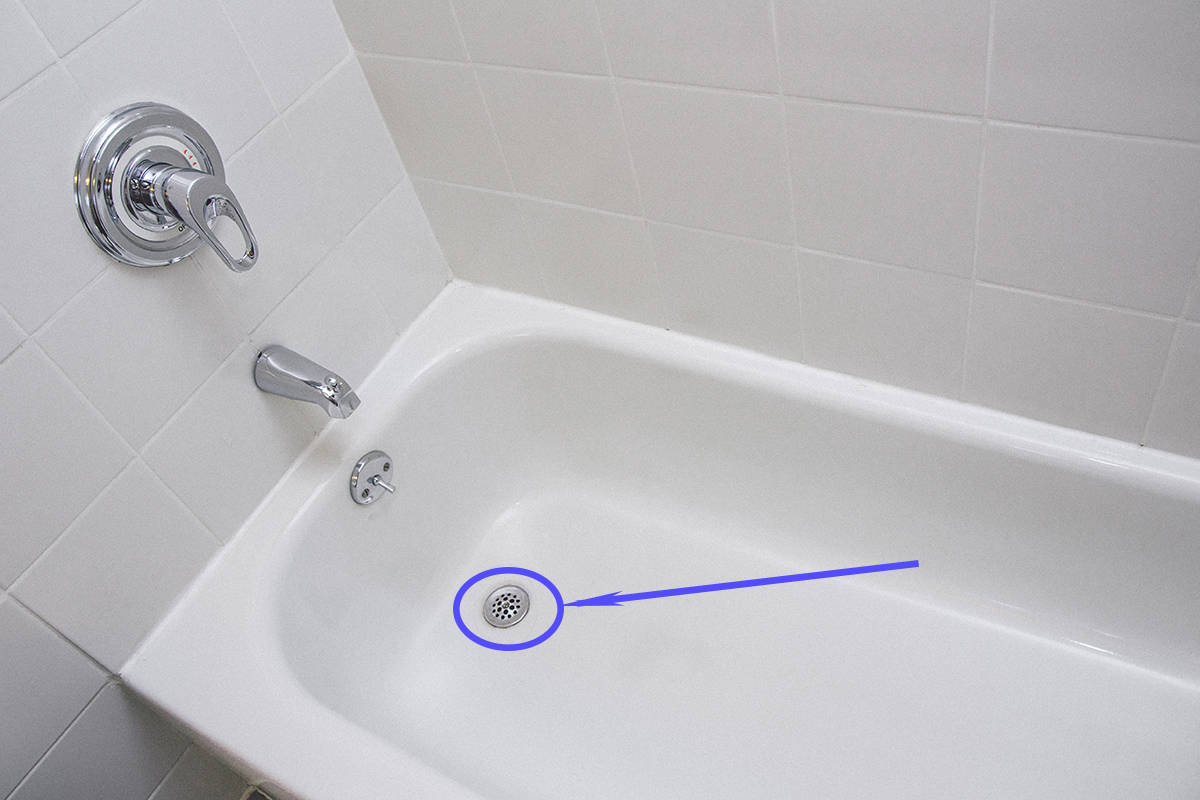
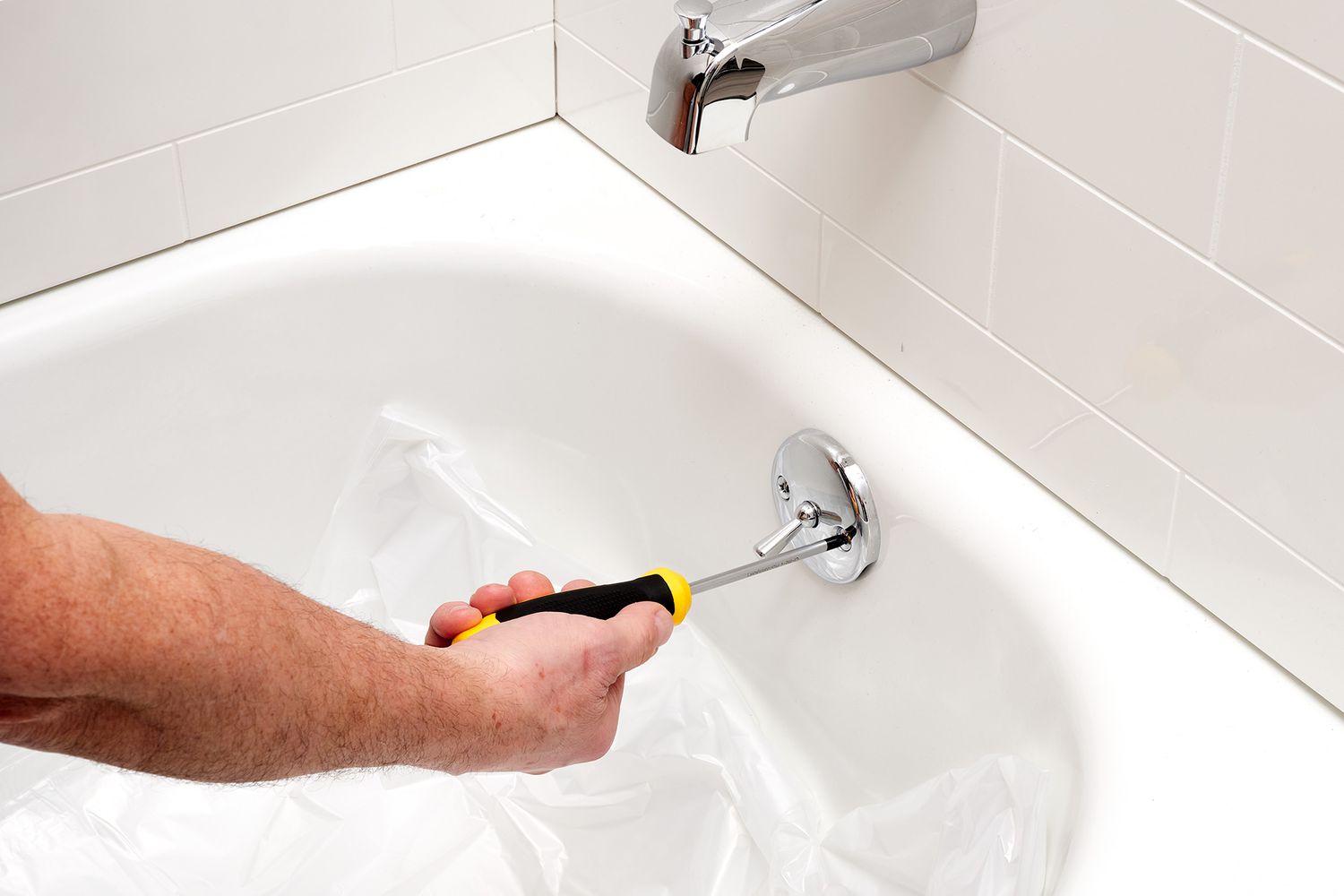
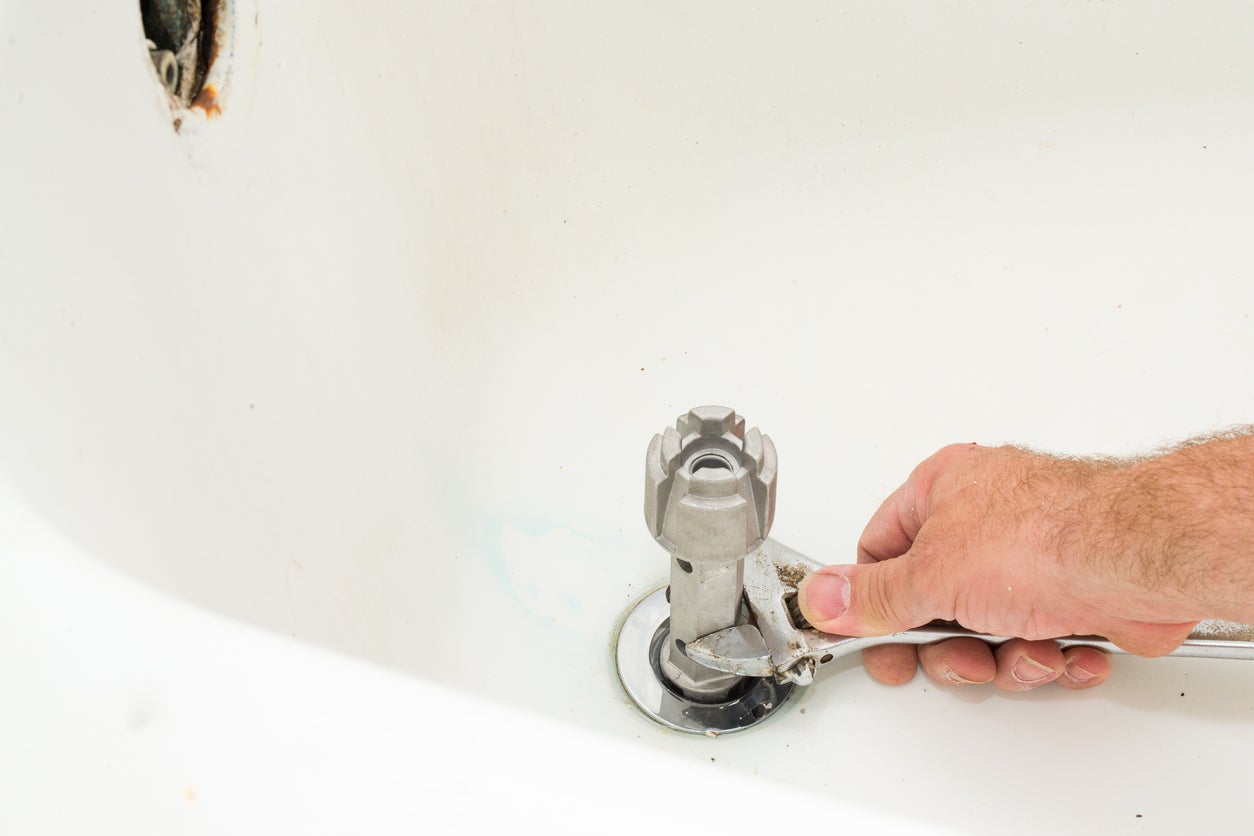
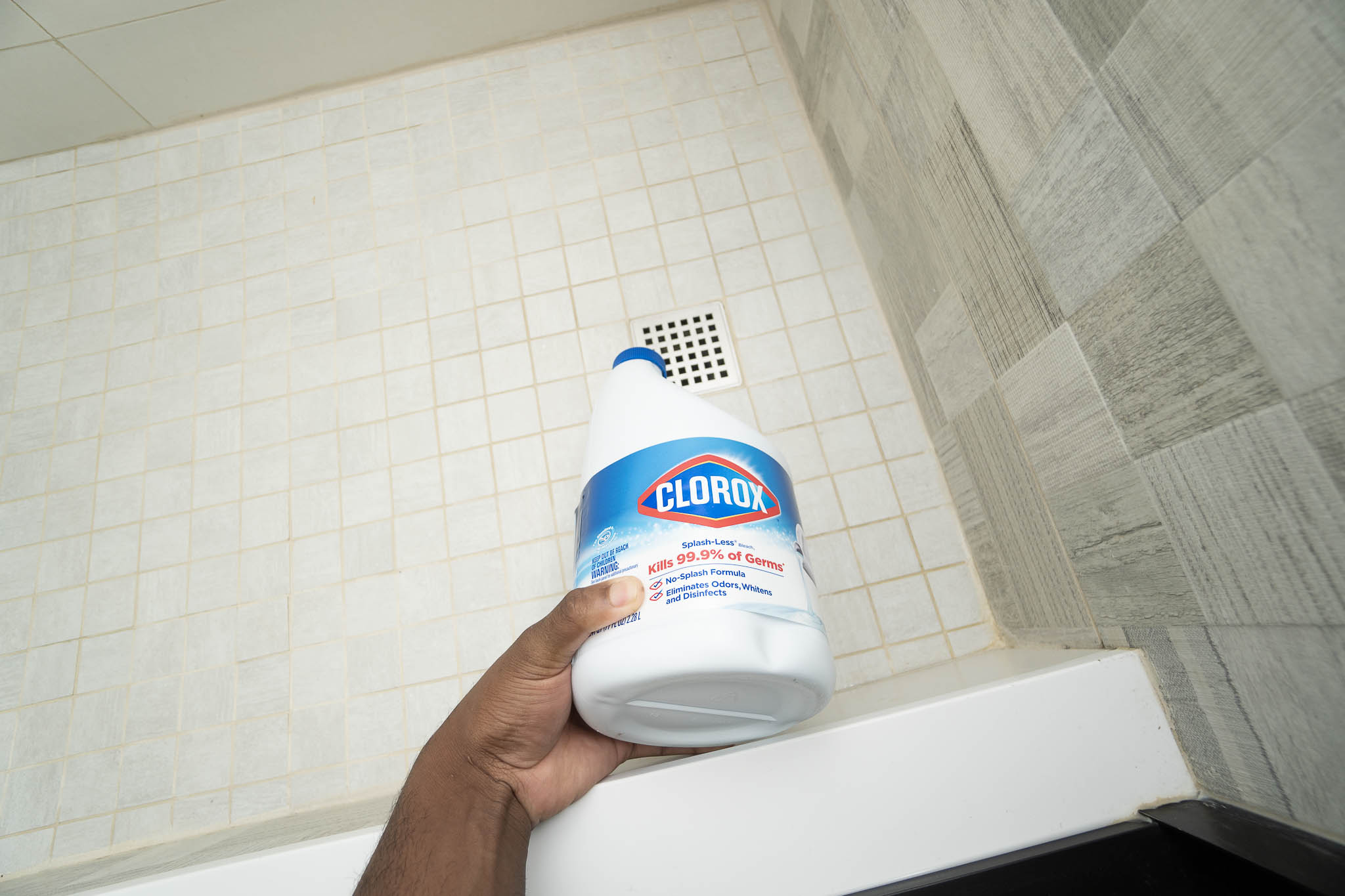
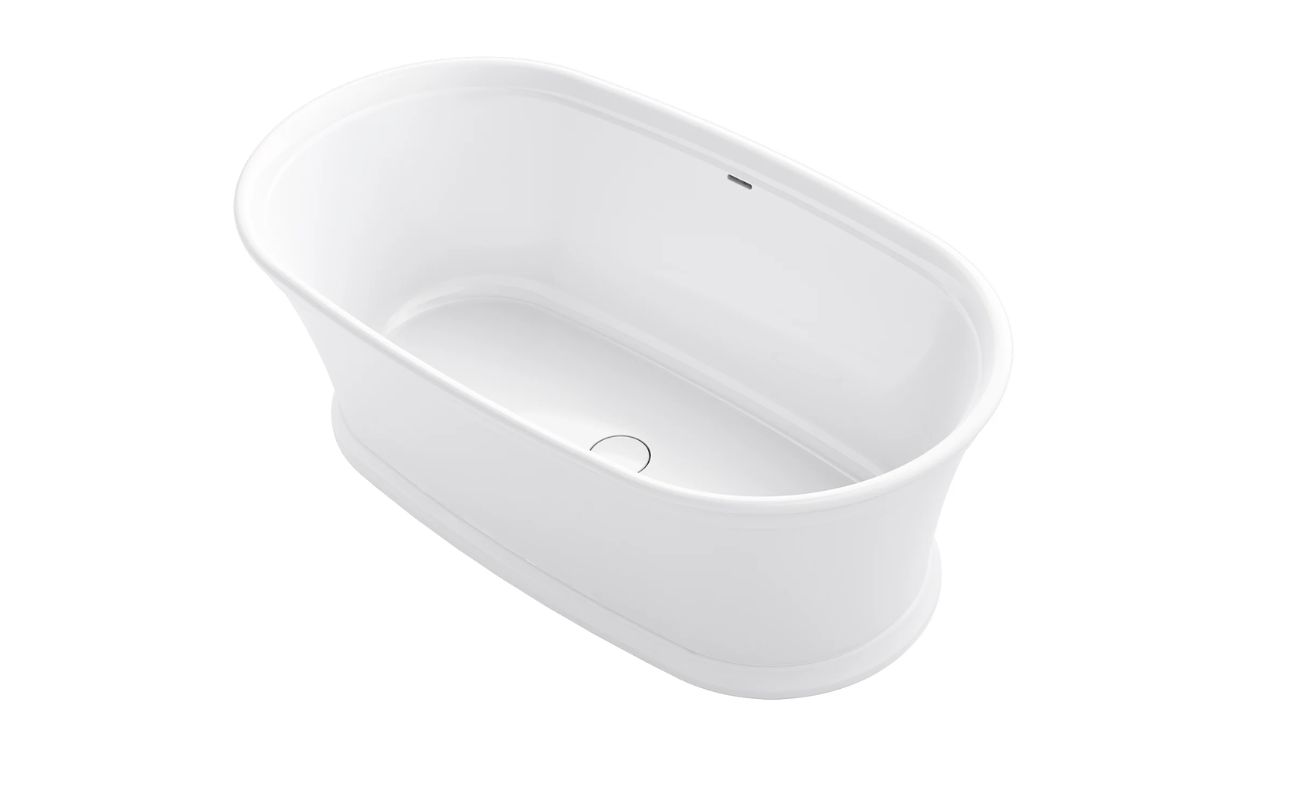
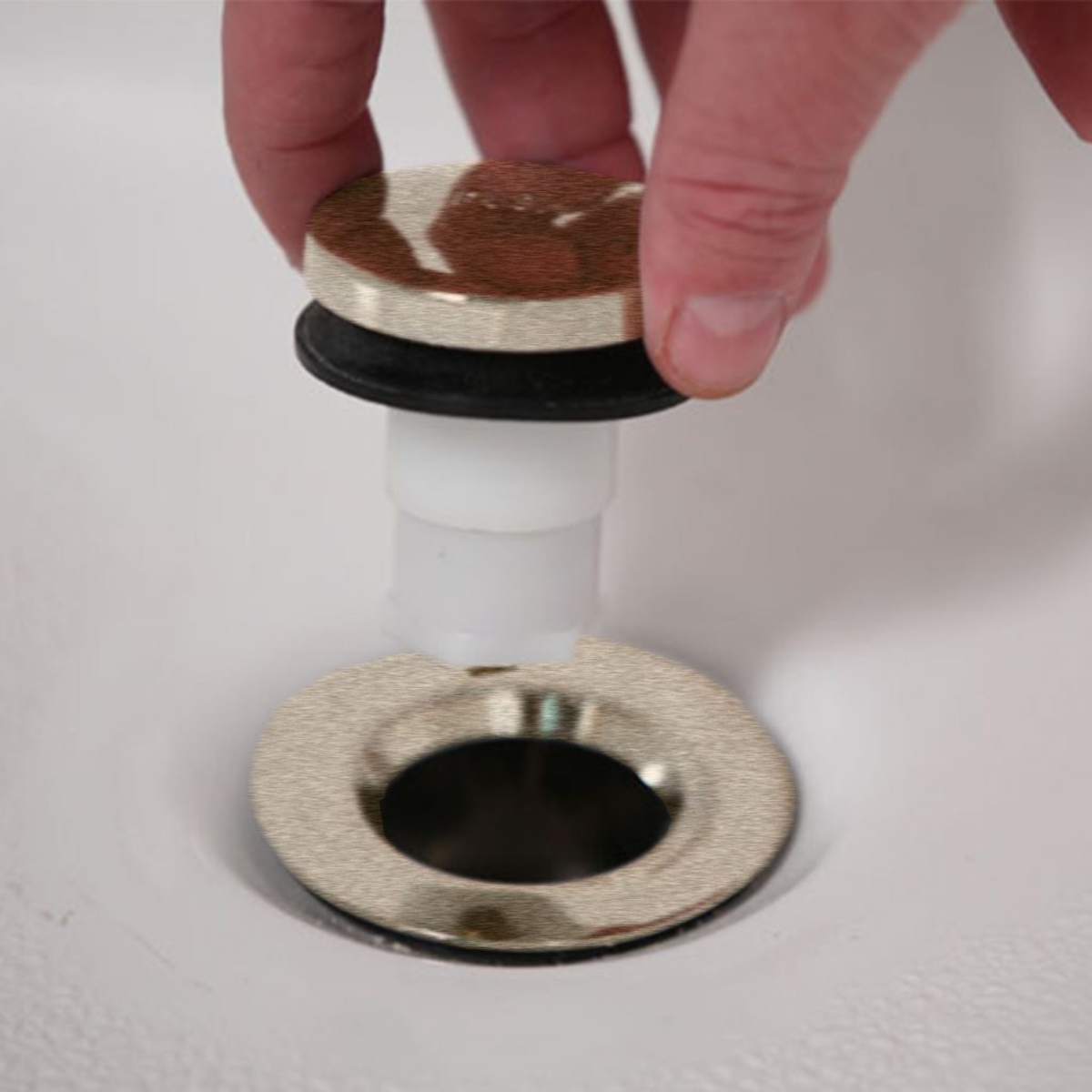
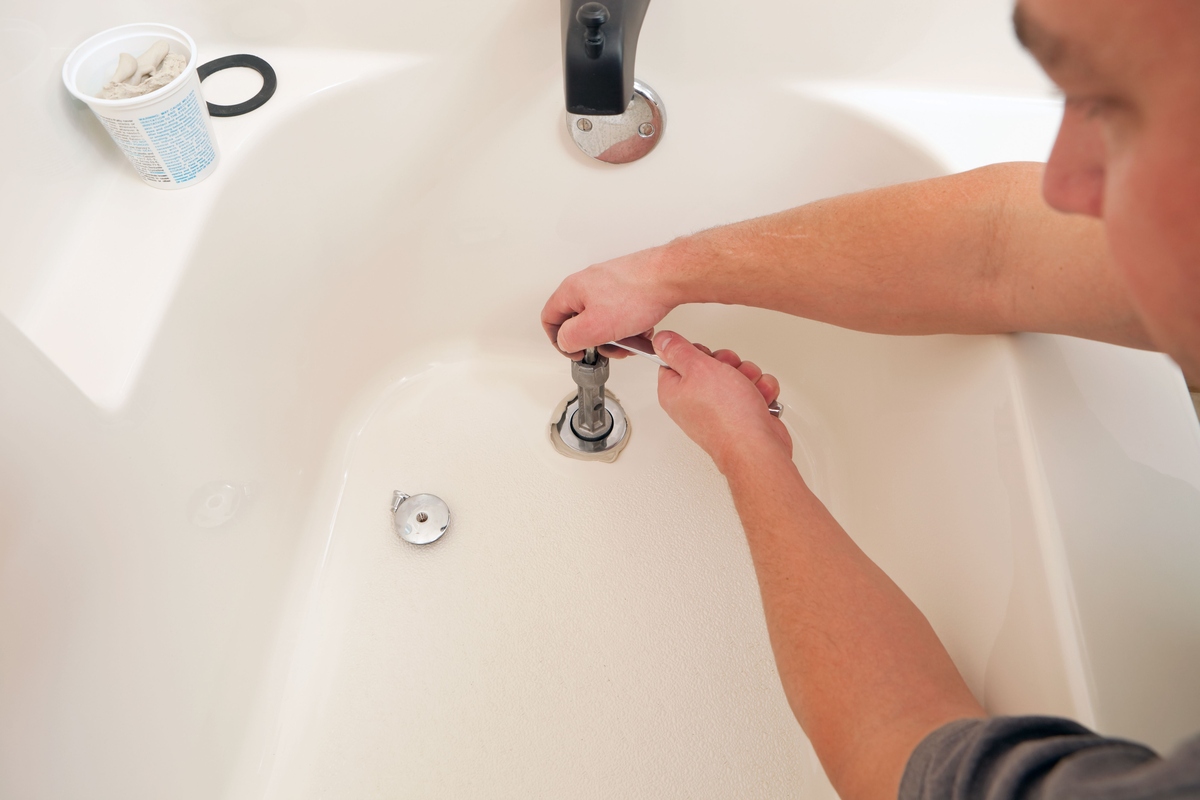
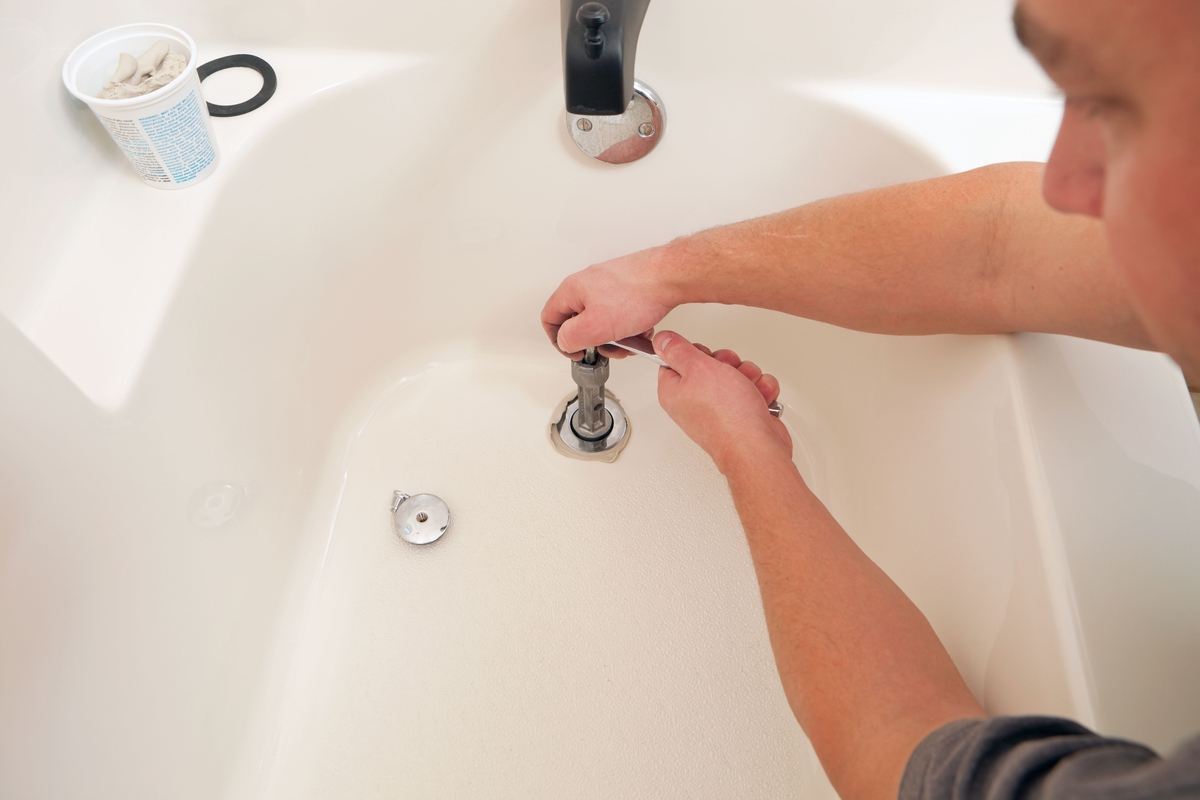

0 thoughts on “How To Vent A Bathtub Drain”